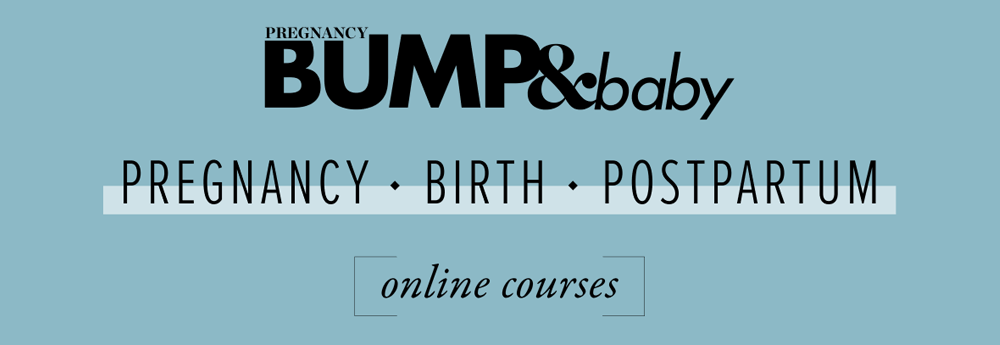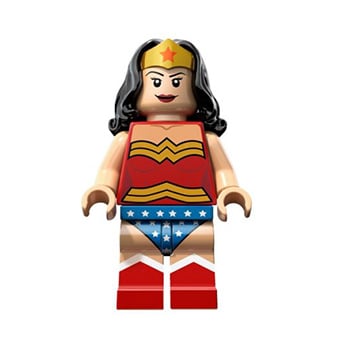
Parental leave entitlements can be a bit confusing. Here’s a quick guide to what you need to know.
Are you pregnant and working? If so, you may want to start thinking about your parental leave entitlements. New Zealand law allows pregnant mums-to-be and dads-to-be to take time off from work, without having to resign, to look after a child within its first year of life. It pays to have a clear understanding of your parental leave entitlements when planning how much time you’ll take off with your new born baby.
Who is eligible for parental leave?
Birth mothers are primarily entitled to paid parental leave provided you’ve worked for the same employer for an average of at least 10 hours a week, and at least one hour in every week, and at least one hour in every week or 40 hours in every month, in the six or 12 months immediately before your baby’s expected due date.
Depending on how long you’ve worked for your employer (either six months or 12 months), different entitlements will apply. If you’ve worked for the same employer for more than 12 months but you don’t meet the average hours of work criteria, you will need to calculate you entitlement over six months, as you may still be eligible for parental leave under the six-month period.
Parental leave can be taken multiple times, provided there is a six-month period between the date you returned to work and the expected birth date of your next child. You do still need to meet the employment eligibility criteria each time, though.
What paid and unpaid leave is available?
Provided you meet the criteria under either six or 12 months’ eligibility, you can apply for the following parental leave.
Maternity leave
You’re entitled to up to 16 continuous weeks of maternity leave and you may start this up to six weeks before your due date. Provided you and your employer agree, you can start your maternity leave at any other time before your baby is due.
Special leave
You’re entitled to up to 10 days of special leave before your maternity leave for reasons connected with pregnancy, like antenatal checks.
Partner’s paternity leave
Your spouse or partner is entitled to either one week (for a spouse/partner meeting the six months’ eligible service) or two weeks (for a spouse/partner with 12 months of eligible service). In certain circumstances, you may transfer part of your maternity leave to your partner. Paternity leave can be taken between 21 days before the due date and 21 days after the birth.
Extended leave of up to 52 weeks
For employees with 12 months’ eligible service, up to 52 weeks of continuous leave is available in the 12-month period after birth. This extended leave may be shared by both eligible parents, but the total leave taken must not be more than 52 weeks. Your partner or spouse’s one or two weeks of paternity leave is in addition to these 52 weeks. Extended leave can start any time after your maternity or paternity leave, but must be taken in one continuous period. You could finsh your maternity leave, go back to work, and then take extended leave, provided you do so before your child is one year old. Your right to extended leave ends when your child turns one.
Paid parental leave
If you meet either the six or 12-month eligibility criteria, you’re entitled to 16 weeks of paid parental leave. To receive it, you must apply to your employer for parental leave, then apply to Inland Revenue (IRD) for parental leave payments. Paid leave myst be taken at the same time as any unpaid leave you take. Currently the maximum payment is $516.85 per week, before tax, but you’re entitled to either your gross weekly rate of pay (your pay before tax) or $516.85, whichever is lower.
When do payments start?
Your payment period starts when your parental leave starts; be it your maternity, your partner’s paternity, or your extended leave. When you apply for paid leave, you can choose when your payment starts, and payments will continue until the 16 weeks are complete. Your payments may stop earlier if you transfer the payment or part thereof to your partner or spouse; if you return to work before the end of your paid parental leave; if you resign from your job; or if your fixed-term agreement expires during your paid parental leave period.
How do I apply for parental leave?
To apply for parental leave, you need to apply in writing to your employer at least three months before your expected due date. You should stipulate what type of leave you want, when you want the leave to start, and how long your period of leave will be. You also need to include any details about shared leave with your spouse or partner. You must attach a certificate, or a copy of a certificate, from your doctor or midwife stating when your baby is due.
What is my employer required to do?
Your employer has seven days after receiving your application for parental leave in which to ask for any required information which you may not have supplied. You must provide this information within 14 days. Once all information has been received, your employer must reply to your application within 21 days, stating whether or not you are entitled to take parental leave; your legal rights and obligations, particularly relating to when you can start your leave; and whether or not your job will remain open. It’s rare for an employer to decline leave, and if you disagree with your employer’s decision, you can request the Ministry of Business, Innovation, and Employment (MBIE) investigate the decision on your behalf.
How do I apply for payments?
Parental leave payment applications are processed by Inland Revenue (IRD). Make an application for parental leave payments as soon as you have agreed on your leave arrangements with your employer. Your employer will need to verify your length of employment and salary details on the application form. Once completed, return the application form to IRD. IRD will advise you whether or not you are entitled to paid parental leave, how much you will receive, and when you will receive your payments.
Self-employed leave entitlements
If you are self-employed, you are eligible for parental leave payments provided you have worked an average of at least 10 hours a week over the six or 12 months prior to your expected due date. You also need to meet the de nition of self-employment, which means you must have been:
• Providing goods or services for hire or reward under a contract for services.
• Carrying on a business (a profession, trade, manufacturing operation, or an undertaking carried out for pro t), including in partnership with another person, or
• Working for a trust in a business carried on by the trust.
If you are engaged in more than one type of self-employed work, where you do different types of work at the same time during a six or 12-month period, this is treated as one period of self-employment, and as such you would be eligible to apply for parental leave entitlements under the six or 12-month criteria, as long as any breaks between this work are no greater than 30 days.
Where do I find more information?
If you’re still unsure, visit the Ministry of Business, Innovation, and Employment website or submit your question on the FAQ Knowledgebase or phone the MBIE Contact Centre on 0800 20 90 20 during normal business hours.
BUMP&baby
BUMP & baby is New Zealand’s only magazine for pregnancy and early babyhood. Our team of mums and mums-to-be understand what it’s like to be pregnant in this connected age, and that’s why BUMP & Baby online is geared toward what pregnant women and new mums really want to know.
Other articles of interest
My midwife, the superhero
The other day I noticed that my midwife, whom I keep in touch with via social media, had taken one of those Facebook quizzes asking which movie character she was
Overdue! What can you do?
o your due date has come and gone. Is there anything you can do to bring on labour?







